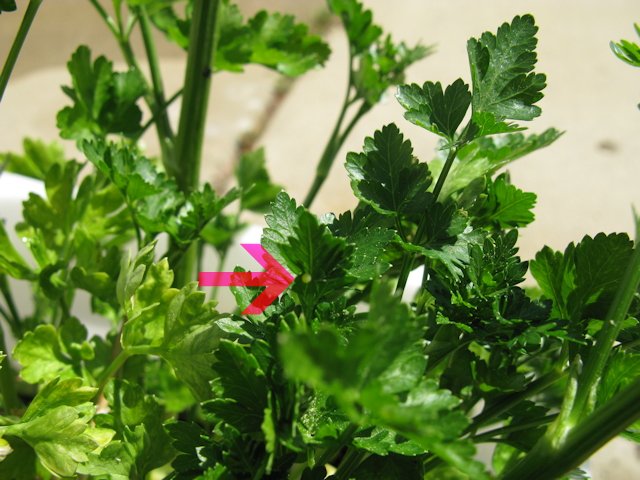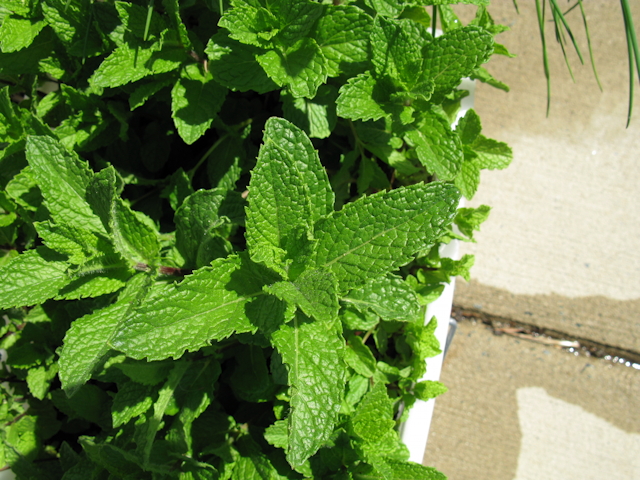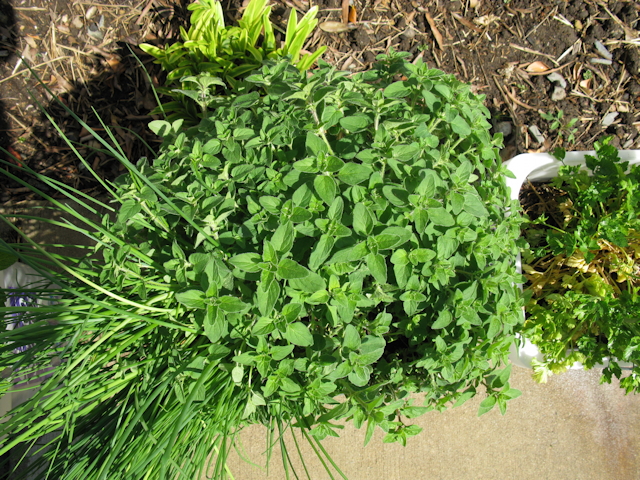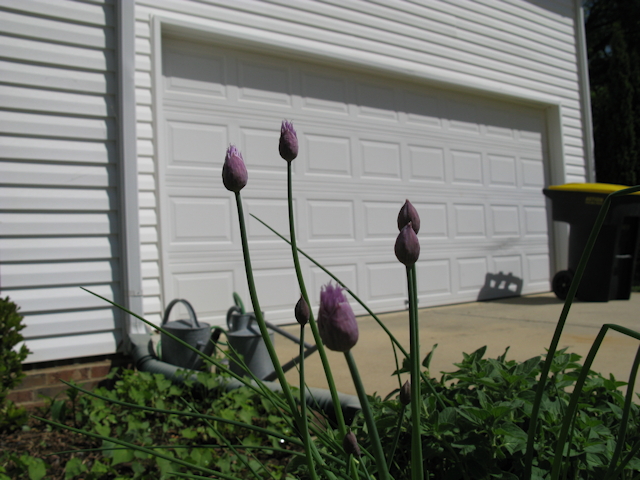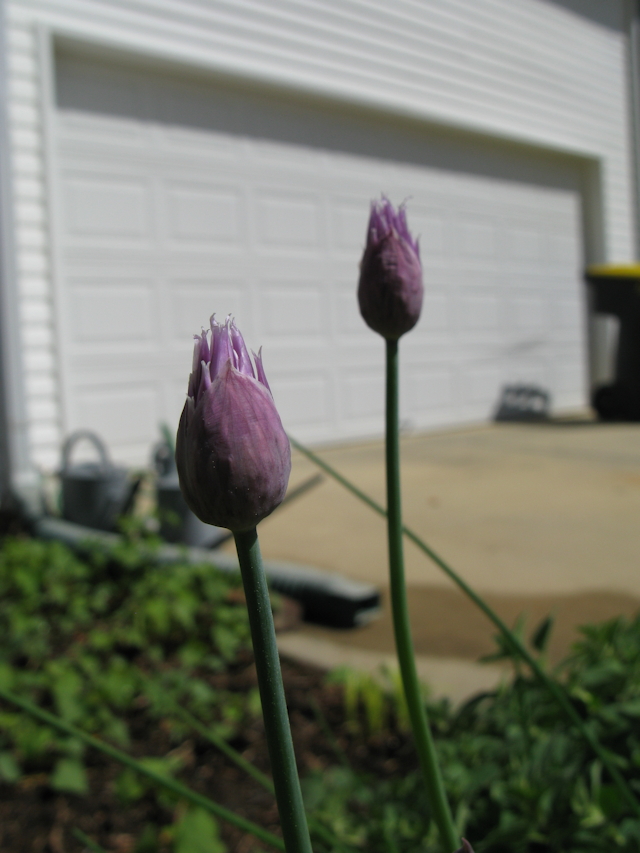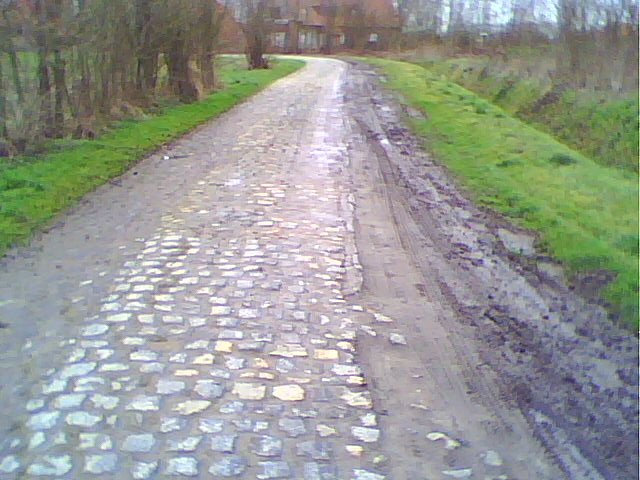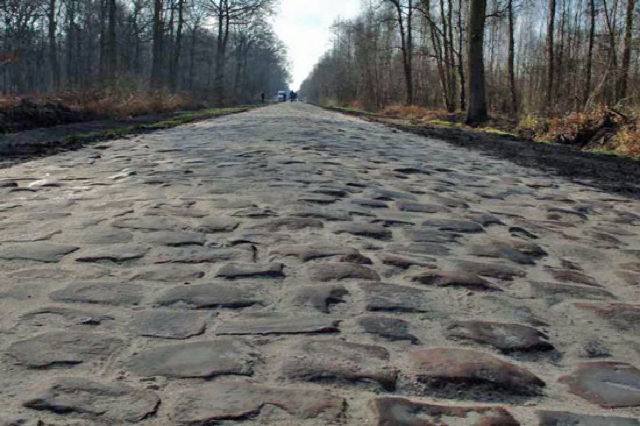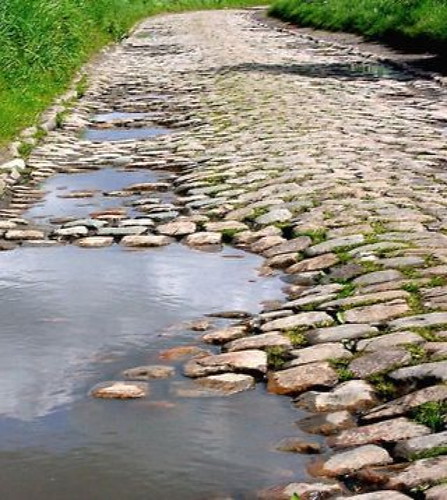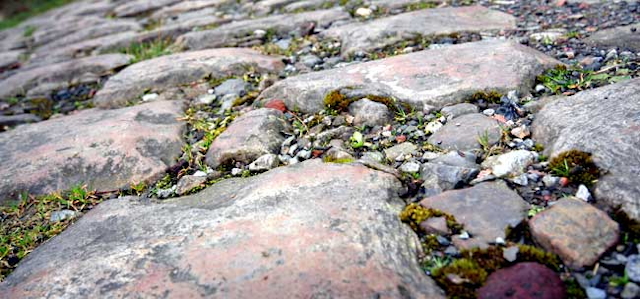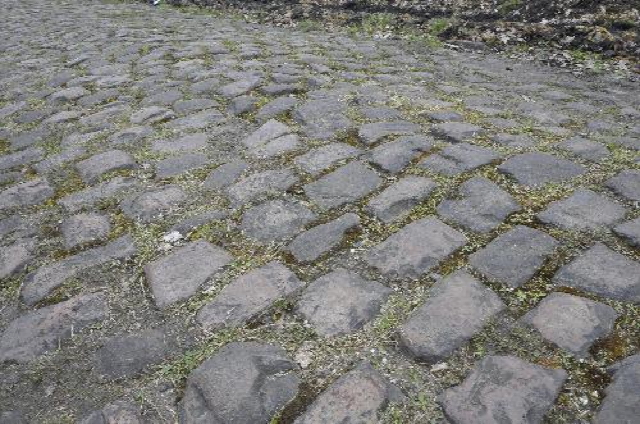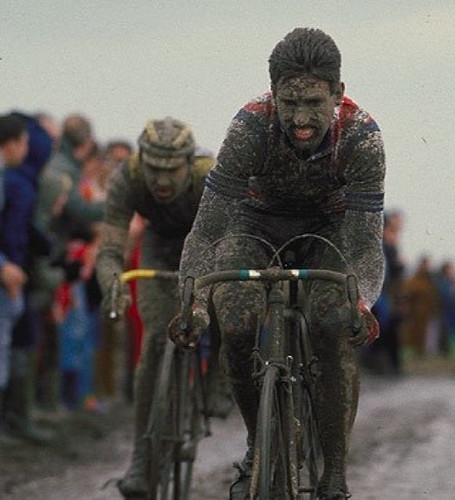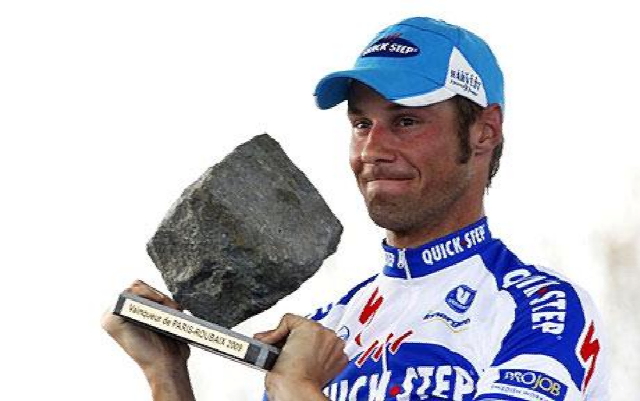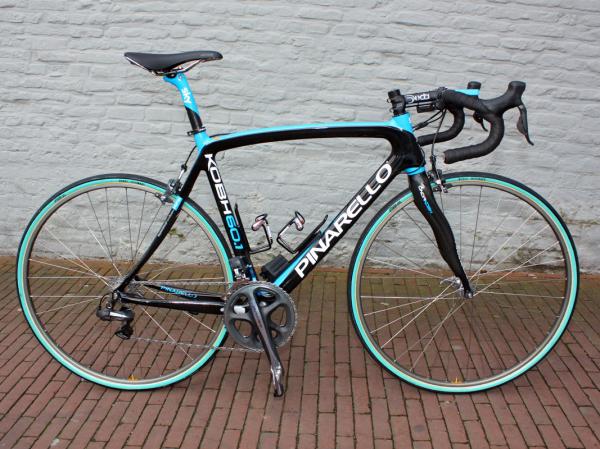Saturday, April 10, 2010
Swallowtail Laying Eggs on Parsley
Friday, April 9, 2010
The Hell of the North
Three days prior to the start of Paris Roubaix the team drove to the Arenberg forest to ride the course. From Arenberg it is roughly 100 km to the finish. Each of the 17 remaining cobbled sectors is separated by less than 10 km of tarmac. In Arenberg the race becomes relentlessly difficult—the 100 km that follow the forest are perhaps the hardest 100 km in professional cycling. The vibrations beat the cyclist’s body, his muscles are torn from the effort and his eyes burn from the dust.
The cobbles were relatively dry when we rode them although there were a few muddy sections where puddles had formed or tractors muddied the road. In the video, you can see the riders slipping and sliding on the slick sections. The crowds were already gathering in anticipation for Sunday’s race and the media was out to photograph the protagonists testing their legs and their equipment on the cobbles.
Thursday, April 8, 2010
What's Wrong with This Picture?
Is This a Great Country or What?
Wednesday, April 7, 2010
This Has to Stop
The Dangers of Not Owning a Farm
There are two spiritual dangers in not owning a farm. One is the danger of supposing that breakfast comes from the grocery, and the other that heat comes from the furnace.To avoid the first danger, one should plant a garden, preferably where there is no grocer to confuse the issue.To avoid the second, he should lay a split of good oak on the andirons, preferably where there is no furnace, and let it warm his shins while a February blizzard tosses the trees outside. If one has cut, split, hauled, and piled his own good oak, and let his mind work the while, he will remember much about where the heat comes from, and with a wealth of detail denied to those who spend the weekend in town astride a radiator.
Tuesday, April 6, 2010
Paper, Printing, and the iPad
Farmer Poets
It was with surprise and humbled excitement that I agreed to Lynn Miller's suggestion that I write a column for this, our treasured Small Farmer's Journal; this agrarian guidebook that so many of us have come to rely on and savor over the years. I have always said that if I had to choose between buying food or renewing my SFJ subscription I would go hungry. This magazine truly has had a profound impact on my life over the years. It has always been amply endowed with matters of practical know-how joined with a philosophical wisdom that has never been afraid of romance and poetry. It really is a place to come for reassurance, for consolation, for hope. The present world in which we live has no spreadsheet or bottom line accounting for slowness, for craft, for art, for poetry lived. Right livelihood should include a fair dose of intangible sweetness. The Journal has all this and more. It has always been there, reiterating good sense like a reassuring grandfather, assuaging fears when my self-induced agricultural isolation threatened to envelop me a fog of doubt and uncertainty. ("Little Field Notes," p. 40)
Years ago in the pages of the Small Farmer's Journal, I read about the practice of "imprinting" oneself upon [a] newborn foal. I took this advice and held the first live foal born on our farm gently but firmly from stem to stern in the embrace of my arms for a full twenty minutes. I stand convinced that if you can convince horses and cattle when they are very young that you are the kindly but stronger and more dominate animal in the herd, and if you persist in living your life close to your horses and presenting to them a fair and consistent authority, then they will continue to believe this about you and to respect your wishes even as they grow up to attain gargantuan proportion and Herculean strength.
I suppose some farmer boy living sixty or more years ago might not have been so excited, might have been a little bored—might have even been day-dreaming about what life away off in the big city is like—such a boy might have been much impressed with his own God-given moment of driving a team of horses he'd trained himself on a plow he'd fitted an scoured and repaired dozens of times himself. But for a boy like me raised in the suburbs, every I hitch up my little team, no matter how mundane the farm task at hand, something elemental in my soul is kindled and all my worldly senses and the inner attention of my heart and the dull ministrations of my mind stand ready and are drawn into an awakened coalescence in this present moment of lines connected to horses in my hands.There are many tangible rewards to farming and many more fleeting sweet and beautiful intangible ones—the ones that make the life worth living. Intangibles like sitting down to a delicious home cooked meal and hearing Kerry say, "All the ingredients in this meal are from the farm." Intangibles like watching our neighbors from up the street, Joe and Clare and their three little kids, making their weekly visit to the farm to pick up their jars of fresh raw milk and drop off some eggs from their home flock to sell in our farm store and then to linger and stroll about the barns visiting with calves, horses, chickens, and just seeing what a difference it makes in the lives of those kids that this place exists, and to think how empty and sterile this stretch of road would be if our farm were just another sub-division. Intangibles like watching my toddler daughter marvel at the sight and sound of bees alighting on the heavy heads of sunflowers or screeching in delight at the sight of chickens running after the apple core she just tossed into their pen. Intangibles like "whoaing" the horses to let them stop and blow and looking back behind to see the neatly laid over furrows that have followed in the wake of the plow they are pulling, and then turning back again to see them standing with the steam rising off their flanks, the mixed sweet scents of horse sweat mingled with freshly disturbed earth, the sounds of raucous crows up on the hill side and the promise of another season on the far side of this fall plowing. (p. 53)
I've dreamed for so long about moving back and now it's so close I can taste it, I can feel it, my body aches with a desire for all that is High View Farm. My hands crave the feel of a set of single reins. The smooth leather slipping through my gloves, Pa speaks to the horse in his quiet gentle voice, "Whoa there, Red." I watch and learn as Pa wraps the heavy chain twice around the fresh cut pine and places the cold, rusty colored hook over a link. I can feel it. My lungs long for the sharp cold air. I inhale. The snow settles under my snow shoe clad feet as I help assist Pa in collecting the sap. The woods silently welcoming me home. I exhale. It won't be long. My eyes yearn to see my Gram, brothers, sisters, nieces and nephews, my family coming towards me. Arms open wide. Anticipating the hug, the feeling of being held and holding a loved one close. All is well. My feet ache to push deep into the fertile dark soil of the garden that has been lovingly tended by generations of Winslows. Darcy and I in the hot summer sun fill our buckets with strawberries to be used in ice cream, short cake, jam, and even some to be sold at the farmers market. Abbie and I walk the old logging trails, where only family, friends, and horses have tread. I'm almost there. My tongue hungers for farm and sustainably grown beef, eggs, lamb, butter, milk, and vegetables. I swirl the heavy cream into my coffee and add a dollop of syrup. Syrup, that I sat and watched boiling with a big heavy book in my hands. It will be soon now. My nose has an itch to smell the pine trees, the horses and the dairy. The fresh mown field and hay drying in the sun waiting to be raked into windrows. The memory of Sweet Annie wafting by as I walk in my father's footsteps and my soul is instantly grounded, my serenity restored. I'm ready, I'm coming home. (p. 35)
